Testosterone Replacement Therapy (TRT) has a rich and evolving history that reflects significant advancements in medical science and endocrinology. This comprehensive essay explores the origins, development, popularization, and modern standing of TRT, alongside notable figures and cultural impacts.
Early Beginnings
The history of TRT can be traced back to the early 19th century with foundational experiments that laid the groundwork for understanding hormonal functions. Arnold Adolph Berthold, a German physiologist, conducted pioneering experiments in 1849 by castrating roosters and observing the subsequent loss of secondary sexual characteristics. When he re-implanted the testes, the roosters regained their behaviors and physical traits, suggesting that the testes influenced the blood and, subsequently, the entire organism. This work is considered a cornerstone of endocrinology.
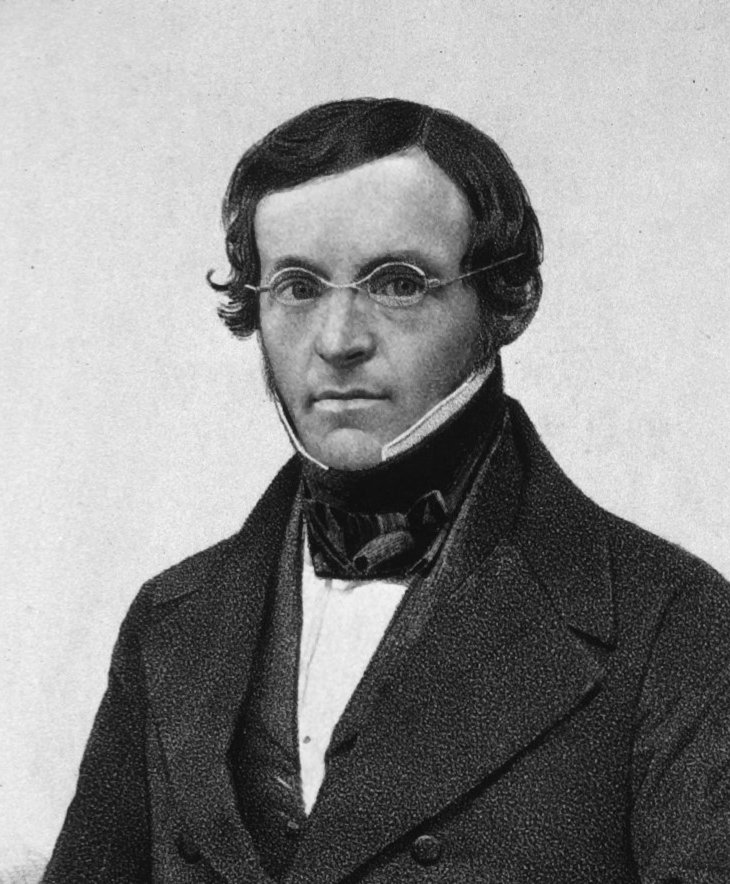
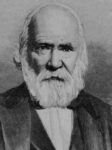 In 1889, Charles-Edouard Brown-Sequard, a French physiologist, injected himself with extracts from animal testicles, claiming rejuvenation and increased vitality. Although later shown to be largely placebo, Brown-Sequard’s work generated significant public and scientific interest, paving the way for further research into hormone therapy.
In 1889, Charles-Edouard Brown-Sequard, a French physiologist, injected himself with extracts from animal testicles, claiming rejuvenation and increased vitality. Although later shown to be largely placebo, Brown-Sequard’s work generated significant public and scientific interest, paving the way for further research into hormone therapy.
Discovery and Synthesis of Testosterone
The early 20th century saw critical advancements in the scientific understanding of testosterone. In 1927, Fred Koch and his team at the University of Chicago successfully isolated testosterone from bull testes. This discovery was independently confirmed in 1935 by Ernst Laqueur in Amsterdam. The same year, Adolf Butenandt and Leopold Ruzicka achieved the first chemical synthesis of testosterone, earning them the Nobel Prize in Chemistry in 1939.
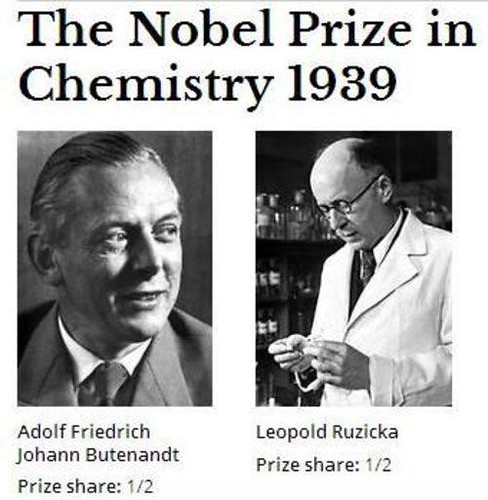
Clinical Introduction and Early Applications
The clinical application of testosterone for therapeutic purposes began in earnest in the mid-20th century. In 1944, Carl Heller and Gordon Myers published seminal research in the Journal of the American Medical Association, identifying symptoms of what they called the “male climacteric,” now recognized as hypogonadism or low testosterone. They demonstrated that testosterone propionate could alleviate these symptoms, marking the formal introduction of medical TRT.

Evolution of TRT Delivery Methods
Initially, oral testosterone supplements were ineffective due to rapid metabolism by the liver. This led to the development of injectable forms of testosterone. In 1954, testosterone enanthate, an injectable form in castor oil, was introduced and remains widely used today. Over the years, various methods of administration have been developed to improve convenience, efficacy, and safety.
Injectable Testosterone (1950s): The most common form of TRT, typically administered weekly or bi-weekly. Examples include testosterone enanthate and testosterone cypionate.
Transdermal Patches (1990s): These patches release testosterone through the skin and must be applied daily. They provide a steady release of the hormone but can cause skin irritation in some users.
Topical Gels and Creams (2000s): Applied daily to the skin, these forms are popular due to their ease of use and steady hormone levels. However, there is a risk of transferring the medication to others through skin contact.
Subcutaneous Pellets (1970s): Implanted under the skin every three to six months, these pellets provide a long-lasting and steady release of testosterone. The procedure is minimally invasive but can cause irritation at the implantation site.
Oral Testosterone (2010s): Recent advancements have led to the development of oral formulations that are less likely to cause liver damage. Examples include Jatenzo and Tlando.
Nasal Testosterone (2014): Natesto is the first FDA-approved intranasal testosterone therapy, administered three times a day. It offers convenience but requires frequent dosing.
Popularization and Cultural Impact
TRT gained significant popularity in the late 20th and early 21st centuries, driven by increasing awareness of male hypogonadism and its symptoms such as decreased libido, fatigue, and mood changes. Media coverage and endorsements by celebrities and athletes further boosted its profile. Notable figures like Sylvester Stallone have publicly discussed their use of TRT, contributing to its mainstream acceptance.
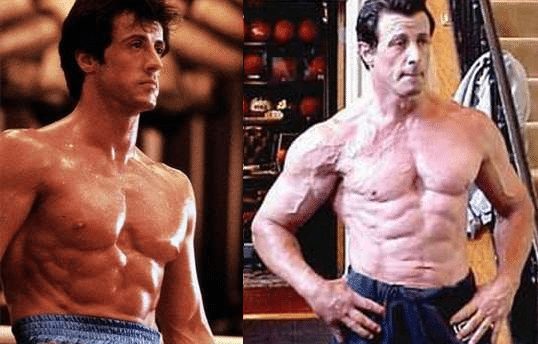
The popularity of TRT has been propelled by a combination of medical endorsements and cultural factors. Online platforms and clinics specializing in men’s health, such as the Centre for Men’s Health and Medical News Today, provide valuable resources and support for individuals considering TRT.
Modern Standing and Usage
Today, TRT is recognized as an important treatment for men with clinically diagnosed hypogonadism. It is administered through various methods, each tailored to patient needs and preferences. TRT is extensively researched, with numerous studies exploring its benefits and risks. Prominent medical organizations like the Endocrine Society and Mayo Clinic provide comprehensive guidelines and information on TRT, ensuring that patients receive evidence-based care.
More recently, these guidelines however have shown to be restrictive and inadequate for proper treatment, which has been pointed out by many practitioners in the field. This had led to many TRT specialists opening their own clinics or offering private, tailored treatments for patients based on their needs, not bureaucratic guidelines.
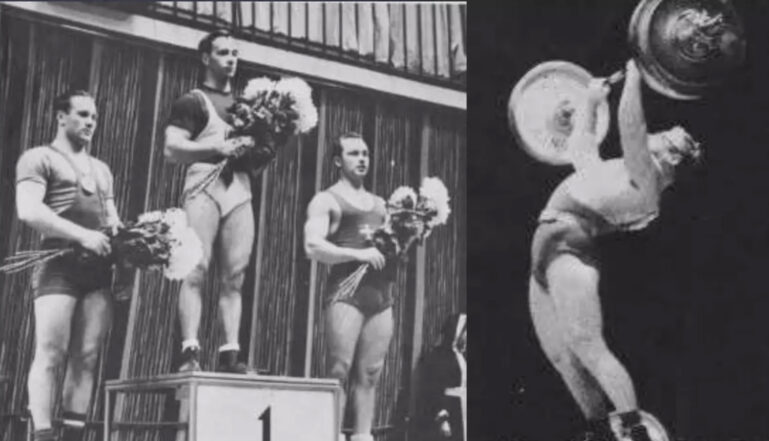
Controversies and Challenges
Despite its benefits, TRT is not without controversy. Concerns about potential side effects, such as cardiovascular risks, prostate health issues, and dependency, have prompted ongoing research and debate within the medical community. While some studies suggest TRT might increase the risk of heart disease, other research indicates no significant impact, highlighting the need for individualized assessment and monitoring. In recent years, it has come to light that TRT may in fact have a protective and positive effect for many of these conditions, the exact opposite of what was previously thought.
TRT in Sports and Scandals
The use of TRT in sports, particularly in the Olympics, has been a subject of controversy. Athletes have sometimes used testosterone and other anabolic steroids to enhance performance, leading to scandals and stringent doping regulations. The World Anti-Doping Agency (WADA) has established clear guidelines prohibiting the use of TRT in competitive sports unless there is a documented medical necessity, and even then, it is heavily scrutinized.

TRT in Media and Online Platforms
The discussion around TRT has expanded into various media, including popular podcasts and YouTube channels. Joe Rogan, a prominent podcast host, has frequently discussed TRT on his show, “The Joe Rogan Experience,” bringing attention to its benefits and controversies.
Online platforms and YouTube channels such as the TRT and Hormone Optimization channel offer extensive information and personal experiences related to TRT, contributing to the broader understanding and acceptance of hormone replacement therapy.
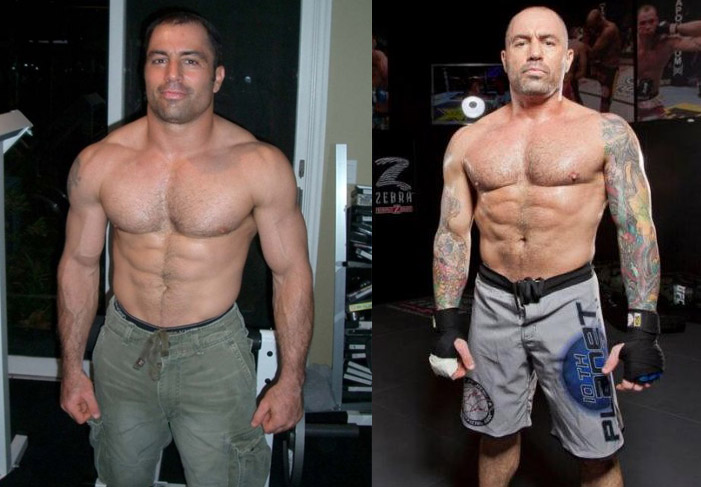
Conclusion
The history and evolution of Testosterone Replacement Therapy (TRT) reflect significant milestones in medical science and endocrinology. From early experiments in the 19th century to the synthesis of testosterone in the 20th century, TRT has continually advanced through innovations in delivery methods and increased understanding of its benefits and risks. Today, TRT is a vital treatment for men with hypogonadism, with extensive research and evolving practices ensuring its effectiveness and safety. This journey underscores the relentless pursuit of improving men’s health and the dynamic nature of medical advancements.

